Name: James Baptiste, Sr.
Title: Architect/Owner
Company: Anowara Architecture, P.C.
Where are you from?
Lewiston, NY
How many years of experience do you have?
25
Why did you choose Architecture as a profession?
I started as a construction laborer in high school, left the Air Force and held various positions as a carpenter, painter, builder, and on a factory production line. I could always draw pretty well. But, construction is a hard life; I wanted to apply my skills and building knowledge in a different way. I was on scaffolding swinging a hammer in the early 90's when I saw an architect for the first time. He walked onto the jobsite with a roll of drawings under his arm and I wondered if I could be "that guy" someday.
What Industry of Architecture do you work in?
Commercial, multi-family, custom residential, and amusement attractions
Best project or most unique/favorite project?
I'll be forever grateful to Buffalo Riverworks for giving me the opportunity to design and plan the Buffal-o Ferris Wheel, its surrounding patios, walkways, & custom stairs. It really is an example of what small firms can accomplish when they surround themselves with great consultant support. I believe that small firms offer a level of focus on a project that is of great comfort to project owners & developers.
In your opinion, what are the most pressing issues architects will face in the coming years?
There is often talk of rolling back regulations to speed up growth. Too many places in the country already don't require the involvement of an Architect on projects. I worry for our profession, the safety of buildings, and the quality of the built experience when clients want to "save money on the fee by just hiring a drafter" or letting the builder design it.
What's your favorite part about being an AIA Member?
I love opening an email from the AIA and reading about how our organization is advocating for accessibility and inclusion in the built environment, addressing climate change, and firmly against any notion of federally mandated architectural design styles. In my heart, I believe these values represent the foundations upon which architects must stand.
Are you or have you been involved in volunteer, civic or community efforts and if so what are they?
I am part of a grassroots effort to "reawaken" the Turtle in Niagara Falls (the former Native American Center for the Living Arts). As one of the few Native American architects in the Nation, this building is particularly important to me. Prior to the vast reach of the internet, It relied heavily on State Subsidies for its operations. Those subsidies were pulled in 1989 and many cultural exhibit items were sold off to pay Federal Taxes. Now is the time for this architecturally/culturally significant building to be a place of support for our community, a place to preserve our traditions, and a place to share our culture with millions of visitors from all over the world.
What advice would you want to pass along to young professionals entering your industry?
I raised 4 sons as a single dad. Working full time, going to school, and being a very involved parent left little time for things like studying for the ARE. As my sons began to leave for college and/or military service I committed myself to becoming licensed before I was 50 and was successful in that goal with scant few months to spare. If you still have breath in your chest and a dream/goal in your heart....chase it.







